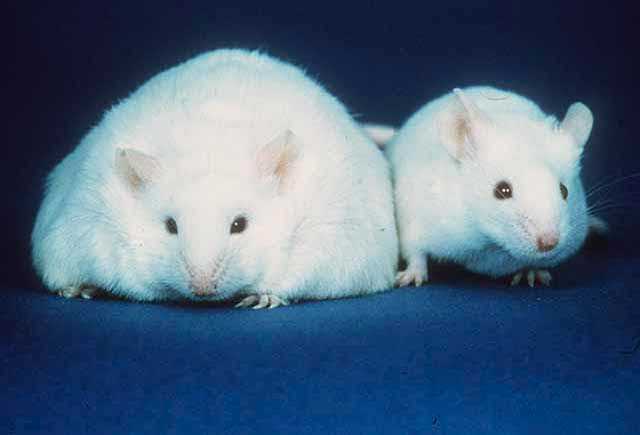Infant mortality in the Arctic has always been a bit of a mystery. Yes, the usual suspects are present — high smoking rates, overcrowding — but the same is true of many communities in the south where far fewer babies die. Nunavut’s infant mortality rate, for example, is four times that of the rest of Canada.
In recent years, a missing factor has emerged in Inuit genetics across the circumpolar world from Siberia and Alaska to Greenland. If a baby is born with two copies of the CPT1A Arctic Variant, his body cannot turn fat into energy when his blood sugar is low. The Arctic variant enzyme carnitine palmitoyltransferase (CPT) — the protein that does the fat-transforming work — only functions about 10% as well.
About half of all Yupik and Inupiat babies have both copies of this gene variant, and they are more likely to die in the first year of life if they come down with a respiratory illness, because refusal to eat leads to sleepiness, which leads to more time without food, possibly leading to seizures. When these babies get sick, they get sicker than other babies. The solution is an IV glucose drip when the baby is sick. With time, the child will grow out of his symptoms, as his blood and liver are able to carry more sugar to tide him through until his next meal.
The rest of us enjoy the use of our energy reserves without a thought, and I’ve been reading a new book by biochemist Sylvia Tara that explains how fat works as an organ of the endocrine system.
Tara makes a convincing case that fat is much more of an active player in the body than it looks. She delves into a bunch of counterintuitive findings, like the research showing that 400-pound sumo wrestlers tend to have low cholesterol and low plasma glucose and triglyceride levels. Despite a 7,000-calorie per day diet, all of their intense training directs fat to storage areas under the skin, instead of behind the stomach wall, where it would get in the way of organ functioning. But when those wrestlers retire, they start packing on visceral fat and the risks that go with it.
Obesity gets a thorough treatment as a qualitative condition apart from its Body Mass Index definition. For example, in the fat of obese people, more than 50 % of the cells are actually immune cells brought there by the stress of overcrowding. That chronic over activation of the immune system is what interferes with insulin and leads to diabetes. This explains why a 7% weight loss — alleviating the overcrowding — can improve insulin sensitivity by 57%, which actually matches the effect of two diabetes medications at their maximum dosages.
Fat can even create its own blood supply in the way we’ve seen tumours do to promote their own growth. It’s led to some obesity research that uses cancer drugs against fat deposits. Some types of fat are more desirable than others, however, and brown fat in the neck and back — converted from beige fat by shivering and exercise — burns energy by generating heat.
Ruled as much by hormones, viruses and personal history as by behaviour, fat gain and loss are emerging as a rather more complicated questions than they first appeared — as with so many good/bad dichotomies. The good news is that every mechanism discovered is a potential lever. In a medical field prone to discouraging levels of relapse, Tara’s book leaves a lot of reason to hope for the future of obesity treatment.
Image: Wikimedia Commons

Interesting! Do you know if there is a heterozygote advantage with CPT1A Arctic Variant? 50% of babies having both copies is WAY above mendelian inheritance. That makes me wonder if there is some selective force at work (natural selection, bottlenecking or founder effects). You’d think burning fat/mobilizing energy would be critical to babies born in extreme environments like the arctic. Maybe 2 copies is trouble, but one copy is gold? Like one copy of the hemoglobin S allele conferring an advantage against malaria, and two copies causing sickle cell disease.
I was thinking exactly the same thing, although I don’t know the answer. It’s such marginal territory and there would have been a lot of seasonal scarcity, so perhaps anything that kept fat stores from being depleted too quickly (though not to the homozygous extreme) might have been advantageous in winter.
I don’t think any one of us knows what more than one or two of the others is up to at any given moment, let alone where we all might head together over the next year or two.